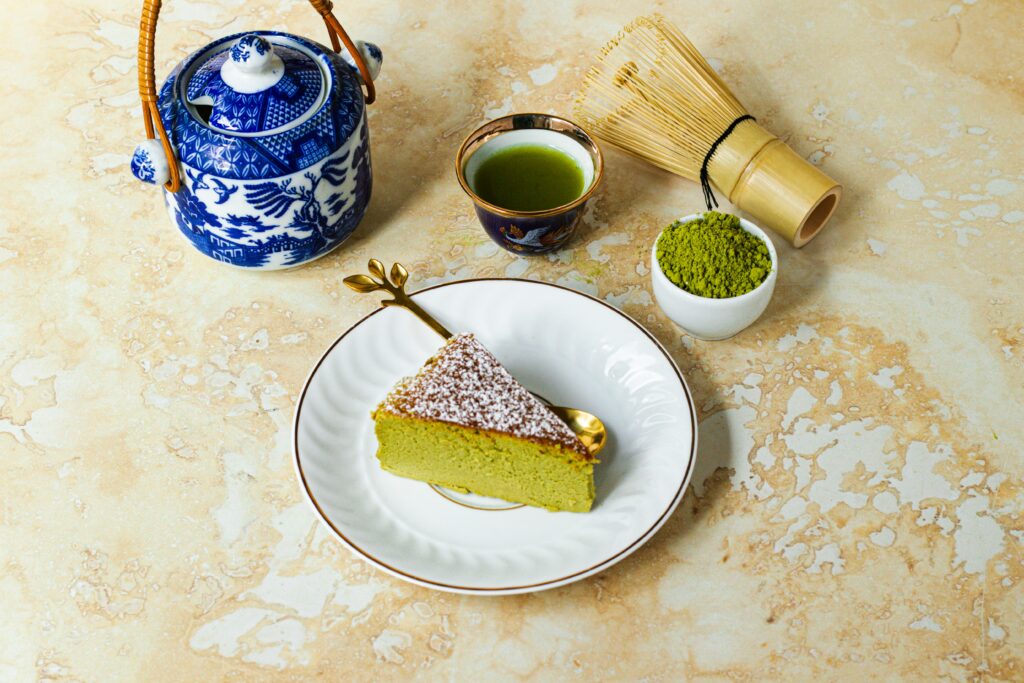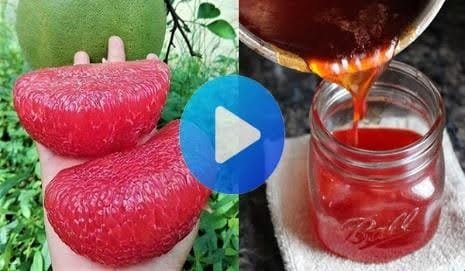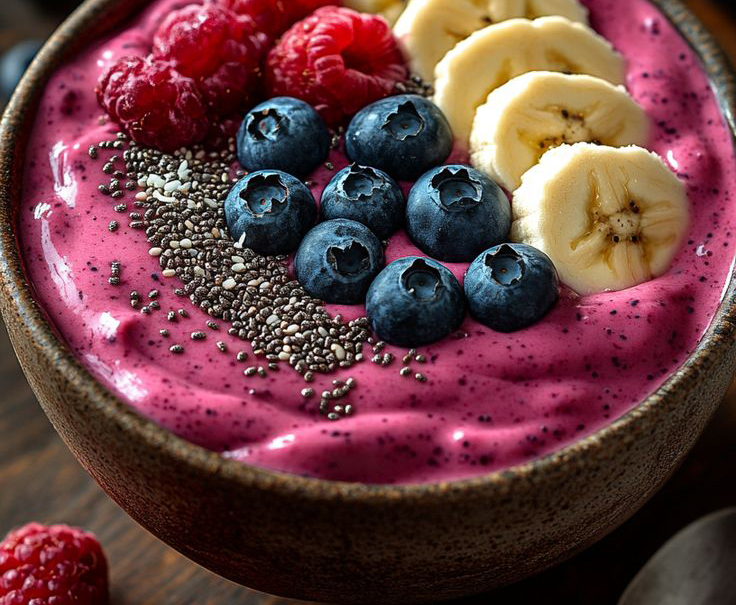The Matcha tea craze has peaked
A booming obsession with powdered green tea has led to a worldwide shortage of matcha. What can people drink instead? By Chau-Jean Lin, oolong farmer and co-founder of Marulin tea company.
Matcha hasn’t just gone mainstream – it’s gone megawatt. From jade-green lattes to glow-up smoothies and emerald-glazed patisseries, the powdered tea has become the wellness world’s most photogenic ritual. But behind the glow lies a catch: ceremonial-grade matcha takes time, shade and skill to produce — and global demand has finally outpaced supply.
Tea suppliers like myself saw the warning signs early. By July, Japan’s harvest had been squeezed by a hot, dry summer, and bottlenecks at matcha mills were slowing production. In Taiwan, where our farms faced similar droughts in 2023, we knew the October harvest would be tight — but few expected it to sell out months in advance.
Social media hasn’t helped. TikTok has brewed a full-blown frenzy, with the #matcha hashtag topping 9.2 million views last year. Yet Japan simply can’t keep up. The International Tea Committee reports that less than 10% of the country’s 73.9 million kilograms of green tea was turned into matcha this year.
If your favourite whiskable is missing from shelves (again), don’t panic. We asked tea insiders to share their favourite alternatives…
Powdered Sencha
“With buying limits on matcha in Japan, one could try other powdered green teas,” says Asako Steward, Japanese tea ambassador and founder of the Tea Academy Japan. Powdered sencha is more readily available because it doesn’t require the same meticulous shading as matcha. High-quality powdered sencha delivers a similar grassy sweetness and can be whisked just the same — at a comparable price point.
Shaded Green Tea
Beyond powders, whole leaf teas can satisfy your matcha cravings. “Gyokuro is a Japanese shaded green tea that is as expensive and healthy as matcha,” explains Steward. Its umami-rich liquor is best brewed in a small teapot and savoured slowly — though its price reflects its prestige.
Jane Pettigrew, author of 17 books on tea, also recommends karigane, made from the stalks of shaded teas, or kabusecha, a semi-shaded Japanese sencha. “Both deliver high levels of amino acids for that signature umami taste, along with all the health benefits of green tea,” she says. Both are sustainable choices that won’t stretch your tea budget.
Oolongs
Semi-oxidised oolongs are too often overlooked. “Taiwanese high mountain oolongs, grown above 1,000 metres, develop slowly and are rich in antioxidants,” says Julia Zhang, Director of the Taiwanese Tea Manufacturing Association. Their smooth, slightly floral aroma offers a gentler experience than grassy green teas, while the flavour — complex and layered — depends on altitude and harvest time.
Puer
For something entirely different, turn to puer, a fermented Chinese tea pressed into discs or bricks. “Puers are great for digestion,” says Juyan Webster, owner of The Chinese Tea Company in London. “There’s extensive research on their health benefits.” With their earthy, woody notes and rich depth, puers are an acquired taste — and a well-aged one can fetch serious prices at auction. 
Mindfulness and matcha have always gone hand in hand — calm from L-theanine, clarity from ritual, and caffeine without the crash. But perhaps this shortage is an invitation to slow down, explore new flavours and rediscover the simple pleasure of brewing something different.
Source link
Share this article:











